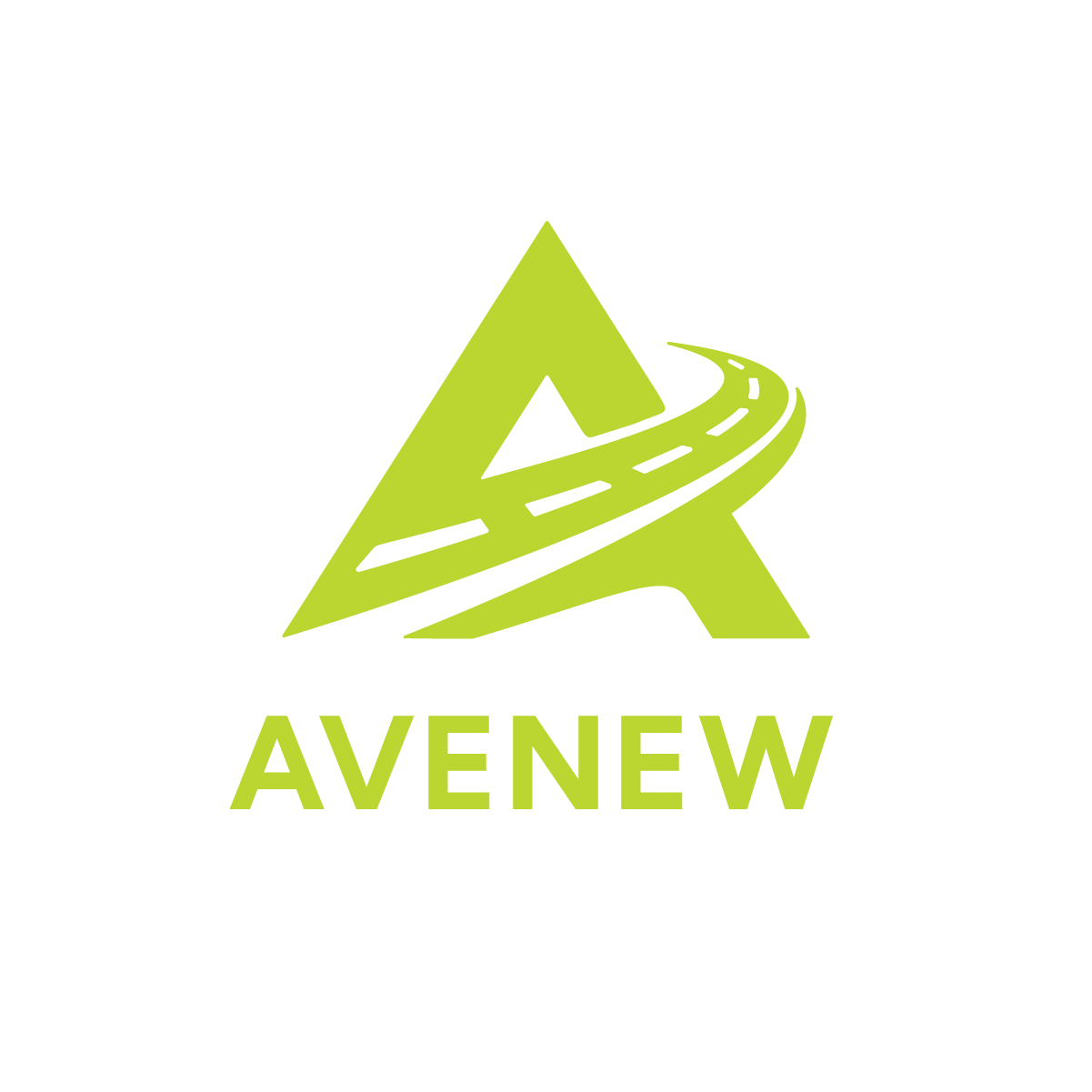For many community leaders, securing financing can be a significant obstacle to progress. But that’s changing. In Indiana, new legislation offers opportunities that weren’t available in the past. Now public entities can access funding through a type of public-private partnership known as a Build Operate Transfer contract (BOT).
In July 2022, Indiana Senate Bill 166 made BOT financing a new option, allowing governmental bodies to enter public-private agreements to finance transportation and infrastructure projects. In the past, local units of government had fewer choices to finance projects. Often communities waited for a grant opportunity that wasn’t guaranteed. They may have financed or borrowed for capital projects or they were forced to pay as they went. Often these options either weren’t desirable or simply weren’t reliable. Cities and counties in Indiana are now empowered to work with private partners to improve their communities.
A new partner
Avenew can help. Our experience in the public sector means we know how to get projects off the ground and build communities that last for the long term. We can help you secure and apply this new financing option to your infrastructure, horizontal construction and asset management projects.
BOT Q&A
When are BOT contracts used?

When are BOT contracts used?

Typically, the BOT model is used to finance large-scale greenfield infrastructure projects that would normally be financed, built and operated by the government.
How do BOT contracts work?

How do BOT contracts work?

A public entity such as a local government works with a private firm that builds and operates the project in question. After a set time frame, negotiated between a contractor/financier and a community, control of the project is returned to the public entity.
How does Avenew help?

How does Avenew help?

We put our experience in government to work, partnering with you to make this new financing option doable. We can help sort out the paperwork and navigate red tape so you can access funding and get your projects moving.
What are some good examples of BOT contracts?

What are some good examples of BOT contracts?

The Build Operate Transfer approach has been around since the 1970s and has a number of variations.
In 2016, Indiana and Kentucky partnered to complete a project that was financed using a Design Build Finance Operate and Maintain (DBFOM) structure: The Louisville-Southern Indiana Ohio River Bridges project.
To stimulate the regional economy, Louisville and Southern Indiana needed two crossings over the Ohio river — one in the downtown area and one eight miles upstream in the metro area’s growing East End. The Downtown Crossing (Abraham Lincoln Bridge) connects downtown Louisville and Jeffersonville, Indiana, running parallel to the Kennedy Bridge. The East End Crossing Project (Lewis and Clark Bridge) connects Prospect, Kentucky, and Utica, Indiana.
The DBFOM financing method helped Indiana and Kentucky accelerate construction on these projects by using private financing and operations.
The state of Florida has used similar models to finance transportation projects. For example, Florida’s Interstate 595 improvements were funded with a DBFOM contract, which led to the project being delivered 15 years sooner than planned, with financing cost savings of approximately $394 million compared to more conventional methods.
Where can I learn more about BOT contracts?

Where can I learn more about BOT contracts?

Contact Avenew to learn more about how a BOT contract could work for you.
Use these resources for more context on the BOT model:
An explanation from Investopedia

Build Operate Transfer contracts help cash-strapped local governments finance complicated infrastructure projects.

In BOT contracts, private companies typically support public entities’ projects for mutually agreeable terms.

Kentucky’s Lewis and Clark Bridge was built with a BOT contract in 2016.

A type of BOT contract helped Florida deliver Interstate 595 improvements 15 years ahead of schedule.
We can help you access new financing options like Build Operate Transfer contracts so you can fund important projects and get them moving. What do you want to build?



